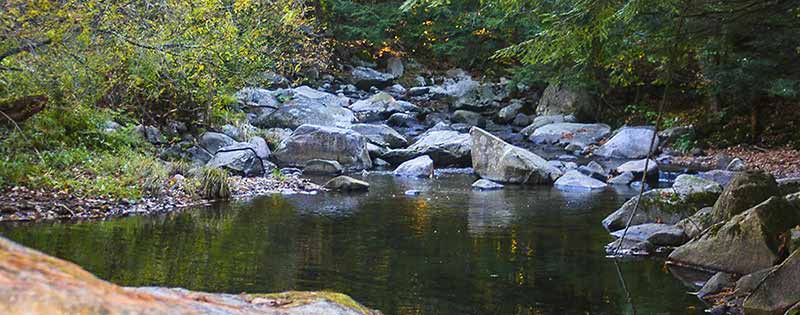Medications and Water Quality

When flushed or put in the trash, medications wind up in water tables, streams, rivers, and lakes, and eventually, in our drinking water. According to the United States Geological Survey, most waterways in the United States have traces of medications such as acetaminophen, birth control medications, codeine, and antibiotics. Most water treatment systems are not able to remove these chemicals.
Fortunately, it is easy to prevent this type of water contamination. By taking your unused medications to a prescription drug drop-box site, or to a prescription drug take-back event, you can keep our waters clean and safe for today and for the future.
Where can I find information about disposal sites and take back events?
Learn More About Medications and Water Contamination
This New study Found More Drugs in Our Drinking Water Than Anybody Knew. New Republic, December 11, 2013.
Pharmaceuticals, Hormones, and Other Organic Wastewater Contaminants in U.S. Streams. USGS, June 2002.
Concentrations of prioritized pharmaceuticals in effluents from 50 large wastewater treatment plants in the US and implications for risk estimation, Environmental Pollution, January 2014
